We would like to introduce you a winner of second edition of our competition, Mr Michał Hoffa and his fantastic work with motorboat “ŻARŁACZ”.
To made such a fantastic motorboat Mr Michał used:
Below few photos of how it looked before and after using Sea-Line products.
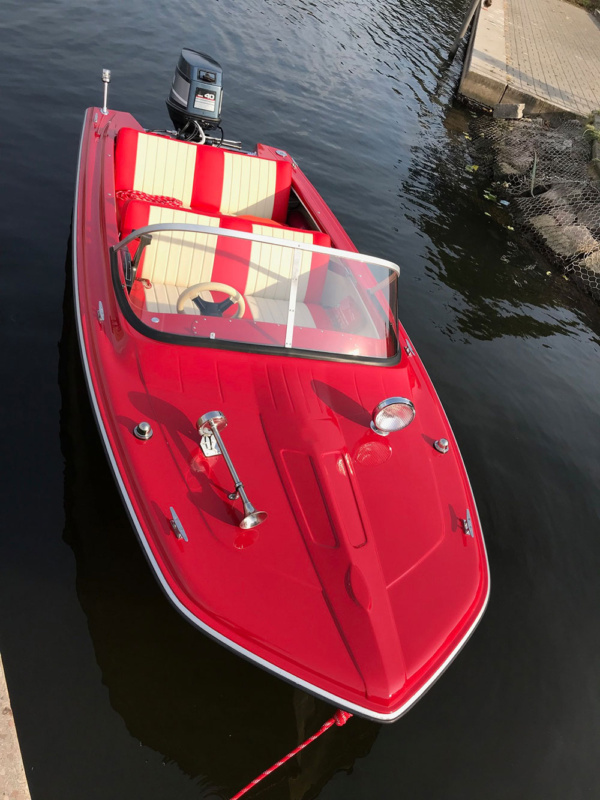
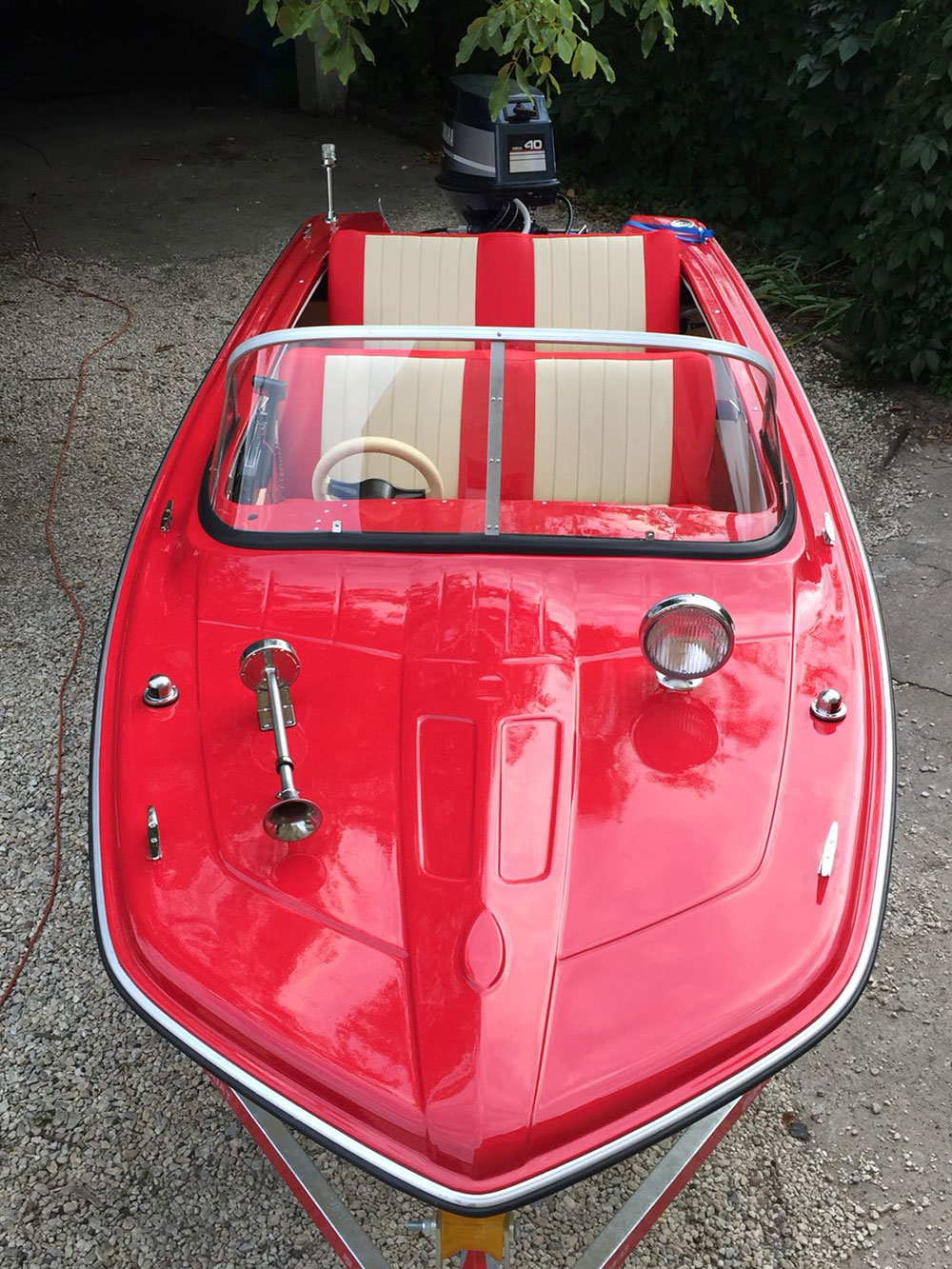
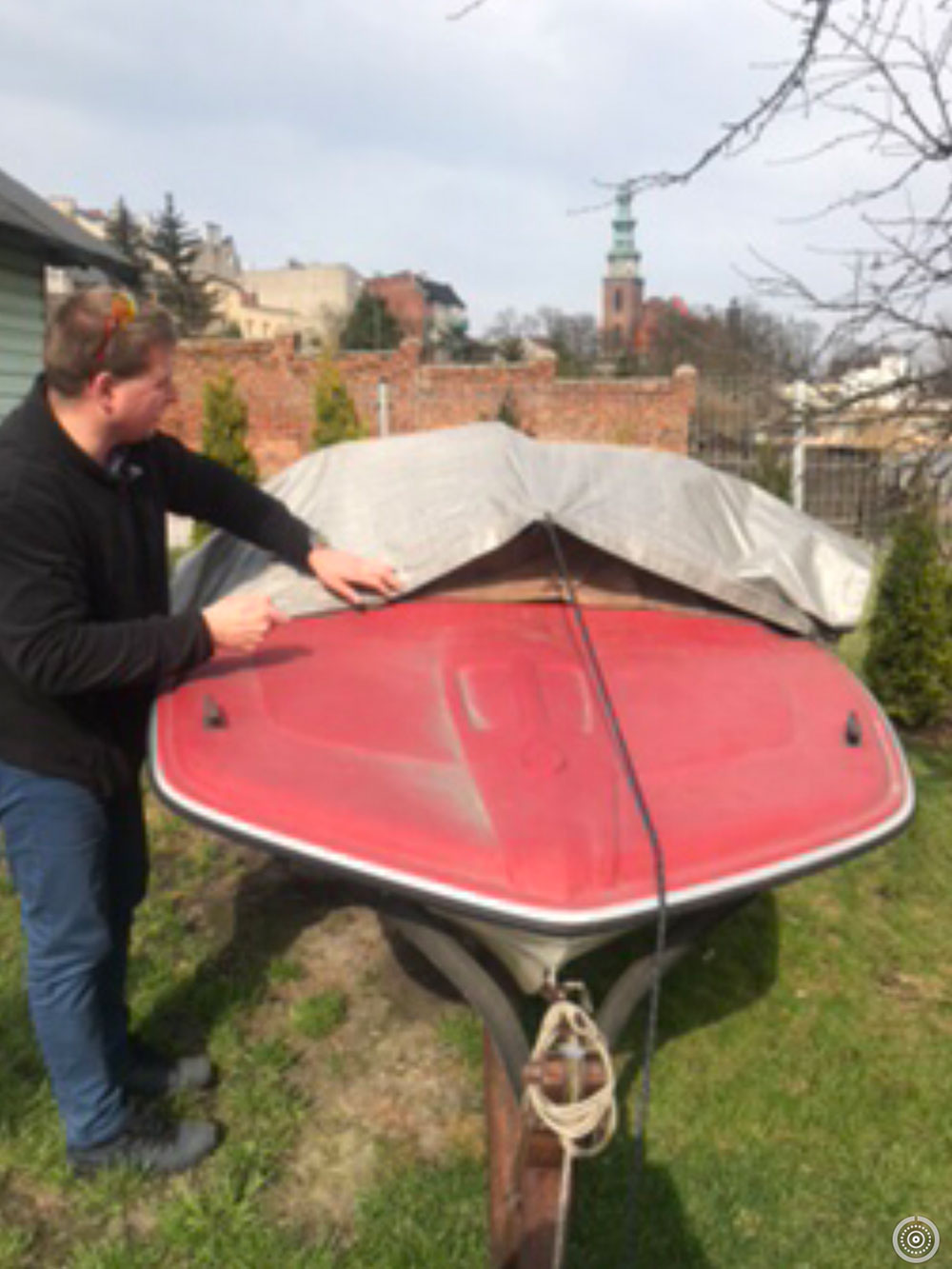
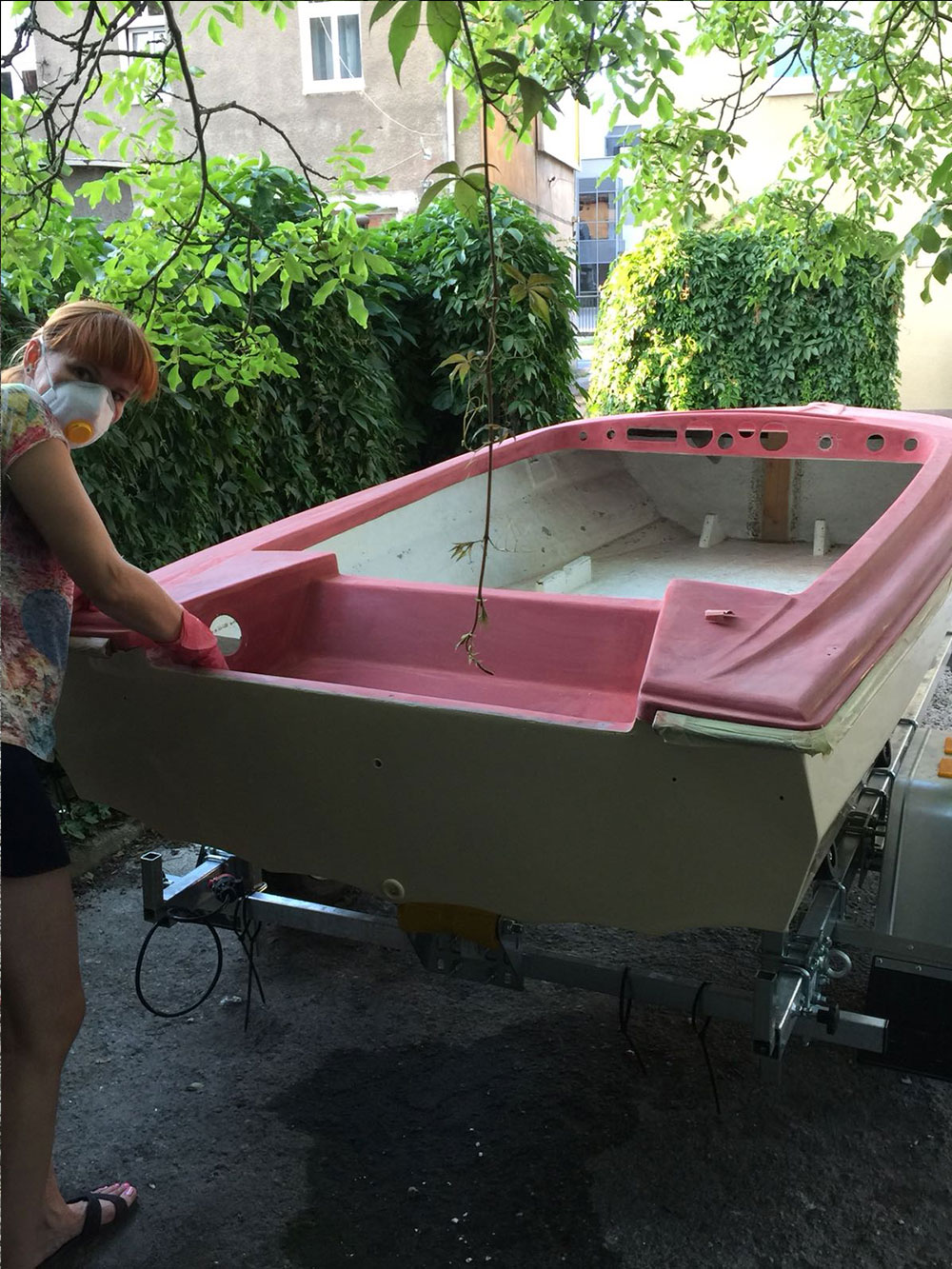
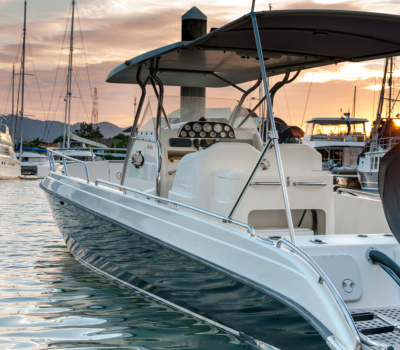
We are expanding our offer by introducing two new products that will provide boat enthusiasts
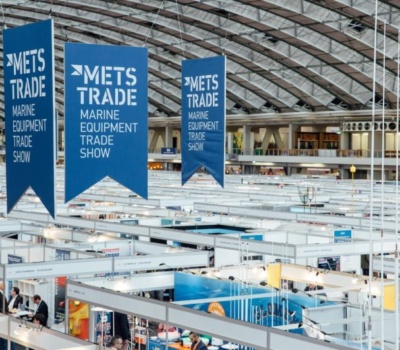
Come and join us at METSTRADE 2023, METSTRADE the best event for marine industry professionals,
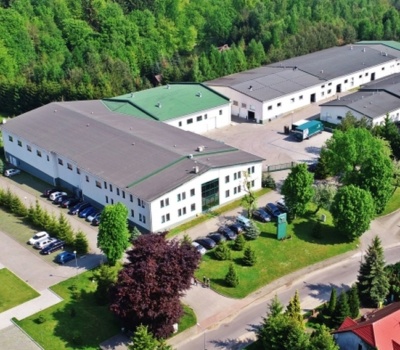
Visit us and our production plant without traveling
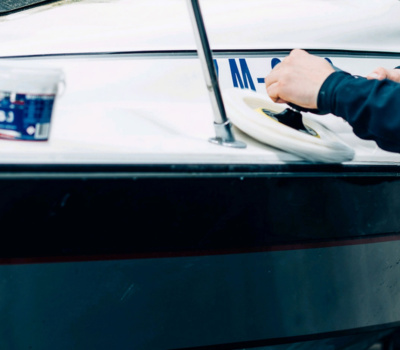
New in the 2023 season is a new polishing wool The new black and white
We do not sell retail. Our products can be found in many stores in Poland and abroad. Our distributors run stationary and online stores. The full list of distributors and contacts can be found on our website at the following link click here.